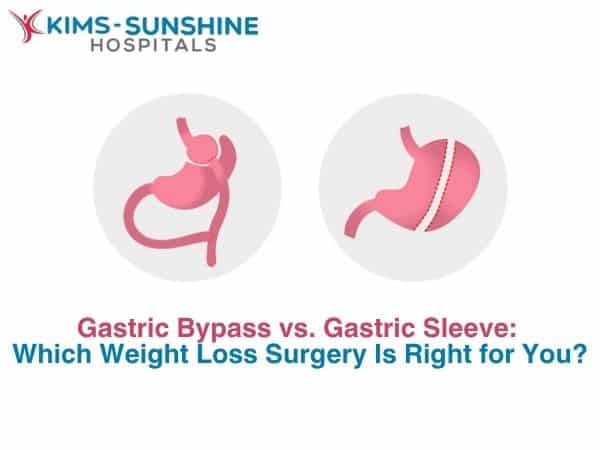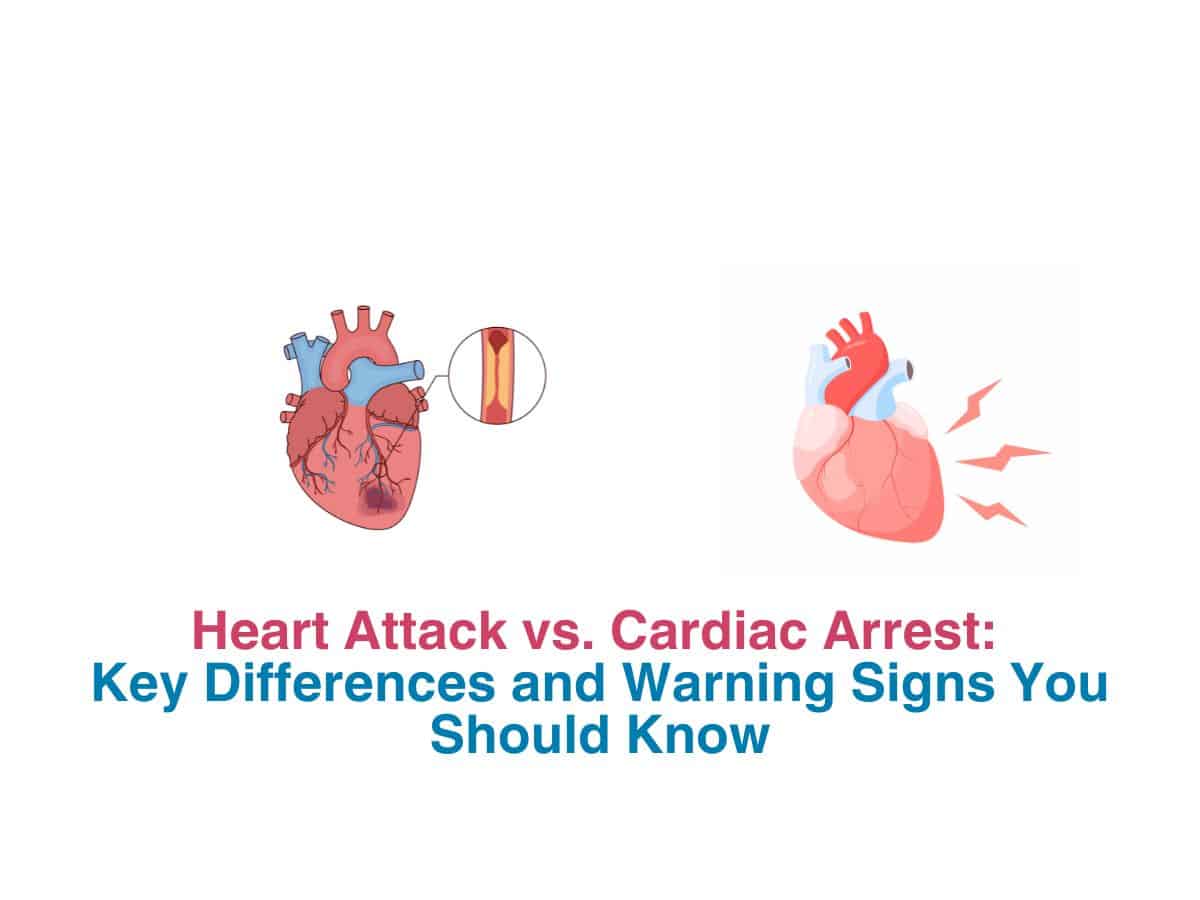
Heart Attack vs. Cardiac Arrest: Key Differences and Warning Signs You Should Know
 Heart attacks and cardiac arrests are two very distinct cardiac events that need to be treated in different ways, but we still do not know this and tend to use the terms interchangeably. So, let us learn more about what a heart attack is and how it is different from a cardiac arrest. The only common element here is that the heart is getting affected and while a heart attack can cause cardiac arrest in some cases, it is not always the case. Whatever the case may be, identifying the symptoms and then getting medical help immediately needs to be a top priority. This means everyone including the sufferer and people around them need to be aware of what may happen.
Heart attacks and cardiac arrests are two very distinct cardiac events that need to be treated in different ways, but we still do not know this and tend to use the terms interchangeably. So, let us learn more about what a heart attack is and how it is different from a cardiac arrest. The only common element here is that the heart is getting affected and while a heart attack can cause cardiac arrest in some cases, it is not always the case. Whatever the case may be, identifying the symptoms and then getting medical help immediately needs to be a top priority. This means everyone including the sufferer and people around them need to be aware of what may happen.
Difference Between Heart Attack And Cardiac Arrest Explained
Let us learn more about each of these cardiac events in detail, below-
- Heart Attack– The symptoms include sudden onset of severe chest pain, or pain that seems to radiate down the left arm from the chest, feeling very sweaty and faint or tired and not being able to breathe properly. Sometimes, you may have upper back pain, stomach pain, jaw pain etc. Heart attacks are caused when there is no blood flow due to a blockage created by an external factor. This means the heart itself is mostly alright, but due to shortage of blood flow, issues may arise. Hence, heart attacks are generally thought to be slightly less severe, when compared to cardiac arrests. Treatment normally involves the use of blood thinners to dissolve clots or surgery- depending on severity of symptoms. 3 signs to look out for are jaw, chest or a radiating kind of pain, vomiting or extreme nausea in women at times and even neck discomfort in some cases. These are NOT found when someone has a cardiac arrest.
- Cardiac Arrests– These are caused when there is some electrical issue. The heart has a region called the ‘pacemaker’, which is responsible for stimulating the cardiac muscles with short bursts of electrical impulses, at regular intervals, for normal beating. If you can’t find a pulse, it is mostly a cardiac arrest and NOT a heart attack. This makes it a very sudden event with no discernible trigger, which is why this cardiac event is considered fatal in many cases. If CPR (Cardiopulmonary Resuscitation) is not performed immediately, the person may die in a few minutes. Electrical issues can cause palpitations or irregular heart rhythm and this may be attributed to congenital defects, electrolyte imbalance, extreme physical activity or even very high temperatures. The 3 main signs you may be able to observe are- heart palpitations or rapid pulse, sudden fainting or not being able to breathe normally, along with general weakness.
First Aid Steps For Heart Attack vs. Cardiac Arrest
Since these are two separate events, the first aid and treatment approaches are also going to be different.
- For a heart attack- you can immediately try to calm the person down and give them any medications that they have been prescribed, after removing any restrictive clothing. If nothing is there, then ask the person to chew on some aspirin- this will help dissolve clots or atleast buy you some time till help arrives. You should call for medical help immediately, if you notice something going wrong and if you know the person has heart disease.
- For a cardiac arrest however, since the person just faints and doesn’t have a pulse, it means their heart is NOT beating. Check if they are still responding to any external stimuli and begin first aid measures immediately. Performing CPR is the only way to help, or if you can get your hands on an Automated External Defibrillator (AED), then use it to restore cardiac rhythm and pulse. You can check for a pulse and if they are breathing normally. Then, press hard and quick on the chest, till help arrives.






